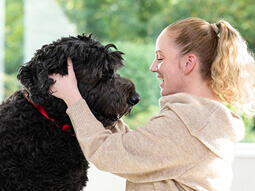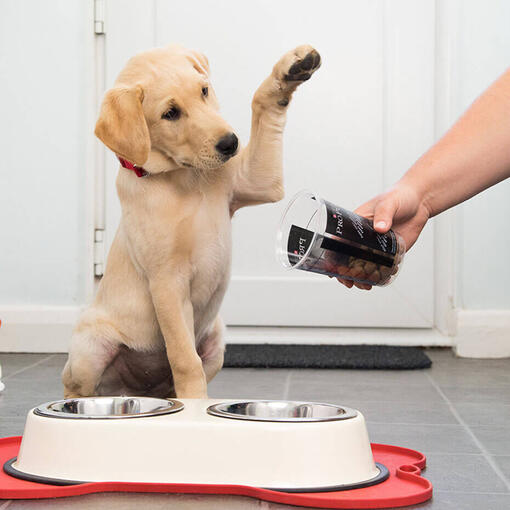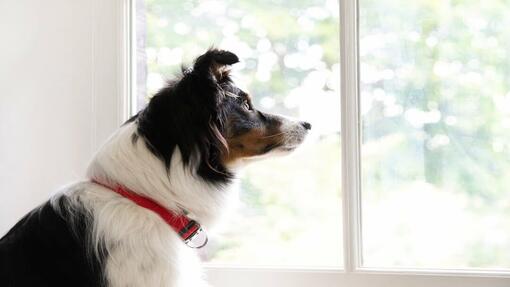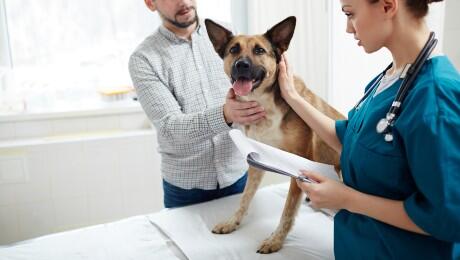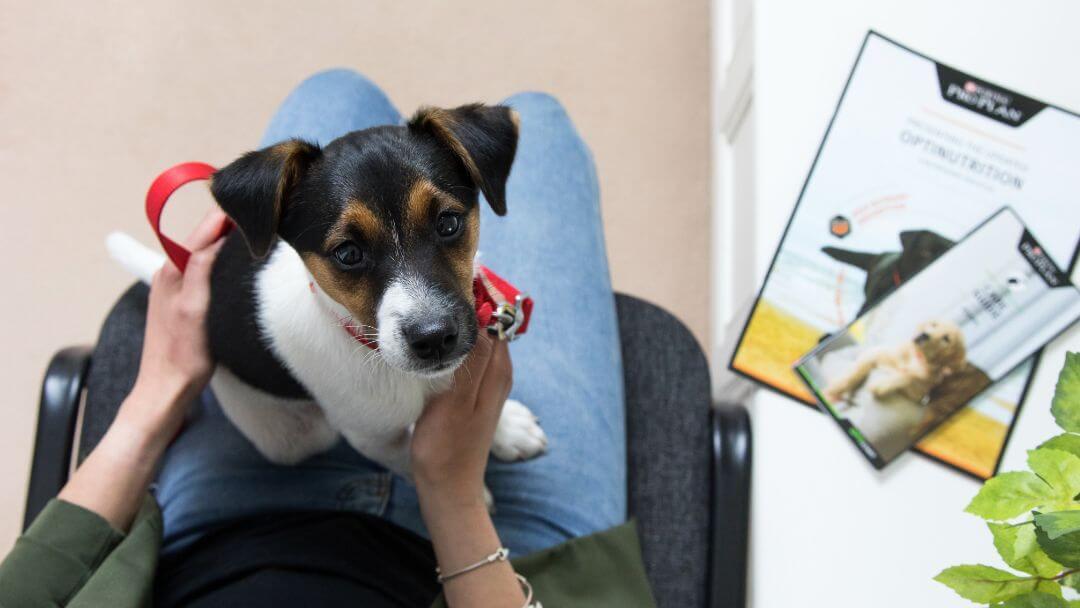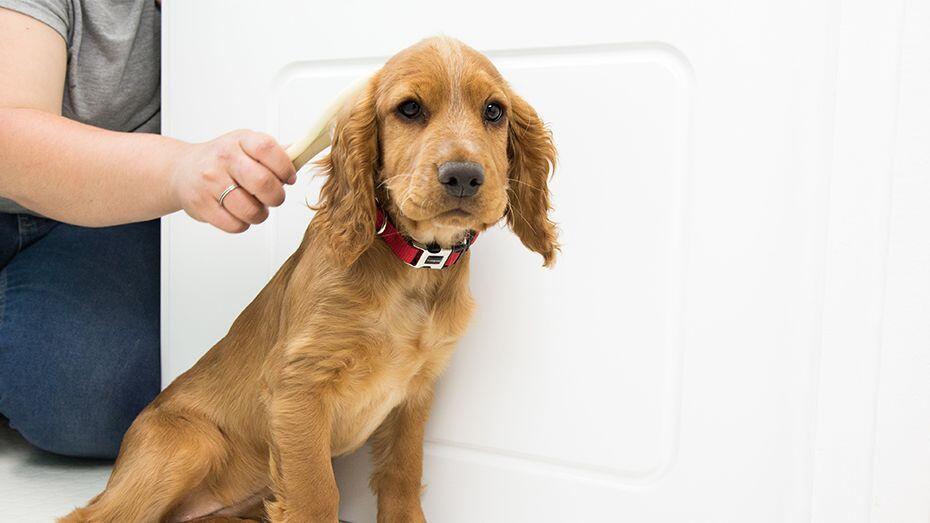


Your dog will always do their best to love you, and you can do the same by making sure they are microchipped and that you always keep their details up to date.
Dog microchipping means that should they ever go missing, they have the very best chance of being found and safely returned to you as soon as possible – and if they cause any chaos, injury or damage if they escape or stray, you can be legally identified as their owner.
If you’ve recently got a new puppy, you might be wondering ‘do dogs have to be microchipped?’, ‘how is a microchip inserted into a dog?’ and more about dog microchipping. Keep reading to find out all about them and the current dog microchip laws.
Why should I microchip my dog?
As we said, your dog or puppy could go missing and there are many reasons why this may happen. They might get scared by another dog, a loud firework or rumble of thunder, or they may even become disoriented or distracted by a new environment – such as if you’re going on a new walk or have just moved house. If the worst happens and your dog gets lost, a microchip can help to ensure that they’re returned to you safe and sound.
Of course, you should still make sure that you comply with the law, and that your dog always wears a collar with an ID tag with your contact details on but sometimes these can get lost or removed whereas a microchip will always stay safely in place.
What is a microchip?
A microchip is a tiny computer chip that’s about the size of a grain of rice that contains a unique code which corresponds with your pup’s details. The actual process of dog microchipping is relatively fast and simple, and will be done by your puppy’s breeder or their first caregiver. If your dog is found lost or having escaped, a vet or animal shelter can scan the embedded microchip to find your details from the microchip database, so they can contact you to collect your pet.
How does dog micro chipping work?
The way microchips work is because of the unique 15-digit code, which is logged in a national database along with your details including your name, address and emergency telephone number.
It’s your responsibility to ensure that your records are kept updated if your details change or if you move address. You should be aware that usually the first change is free, then there’s likely to be an admin fee incurred after that, but it depends on the database provider.
How do dog microchips work?
The breeder of a litter of puppies is legally responsible for having them microchipped before rehoming them. This will be done by their vet or a qualified microchipper who will insert the tiny microchip – about the size of a large grain of rice – under each puppy’s skin. The procedure only takes a matter of seconds and is relatively painless - the actual sensation is said to be similar to what we feel when we have our ears pierced. Once the microchip is in place, that’s it, your dog won’t even know it’s there! Most vets will check the microchip when your dog visit the practice, just to make sure it hasn’t moved from where it was put.
The way microchips work is because of the unique 15-digit code, which is logged in a national database along with your details including your name, address and emergency telephone number.
What happens when your dog is found?
If your furry friend does wander off one day and is lucky enough to be found by the police, a dog warden or even a kind stranger, all they have to do is use a scanning device to check if your dog is microchipped (or go to a vet or rescue centre if they don’t have access to one). The scan won’t cause any additional stress to your dog and is completely pain free.
With a quick scan, they’ll be able to find your unique 15-digit code as well as details of the microchip database your dog is registered with. From here they can find out your contact details and aim to reunite you as soon as possible.
Do dogs have to be microchipped? The law in the UK
Since 2016, the law in England, Scotland, and Wales states that all dogs over eight weeks old must be microchipped and registered on one of the authorised databases. In Northern Ireland, microchipping is already one of the conditions of the dog license. Failure to comply can result in a fine of £500.
Under this law, it is the breeder’s responsibility, as the first keeper, to microchip their puppies by the time they are eight weeks old. They will then pass on the relevant paperwork to the new owner.
Additionally, under this law, you’ll need to ensure that your dog’s details are kept up to date if you move house or transfer ownership, as if these details are found to be outdated, you may face a fine.
There are a few current exemptions to dog microchip laws, such as if your vet feels as though microchipping would have a negative effect on a puppy’s health - sometimes this can be the case in really tiny puppies. If this is the case, the breeder or first caregiver will have to get an exemption certificate with an expiry date, and you’ll need to get your dog chipped before it runs out.
The other exemption is for working dogs that have had their tail docked. In these cases the dog microchipping time limit will be extended to 12 weeks but there is no reason not to do it before then.
Want to find out more about your new puppy? Read all about what to expect on your puppy’s first visit to the vet.


